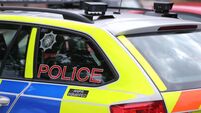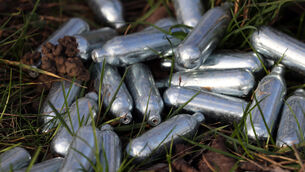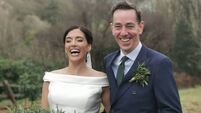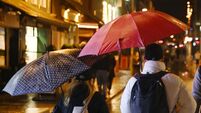McGuinness never opened fire, Saville Inquiry told
The British army has known all along that Sinn Fein’s Martin McGuinness did not open fire on soldiers on Bloody Sunday, it was claimed today.
A former British army intelligence officer said he saw documents which showed the Mid-Ulster MP was under surveillance on Bloody Sunday and did not fire a weapon.













